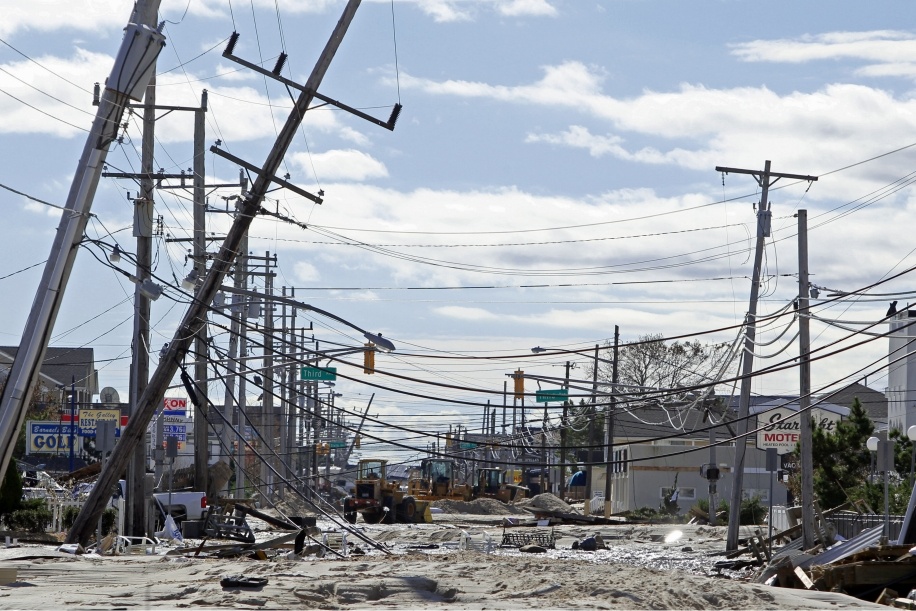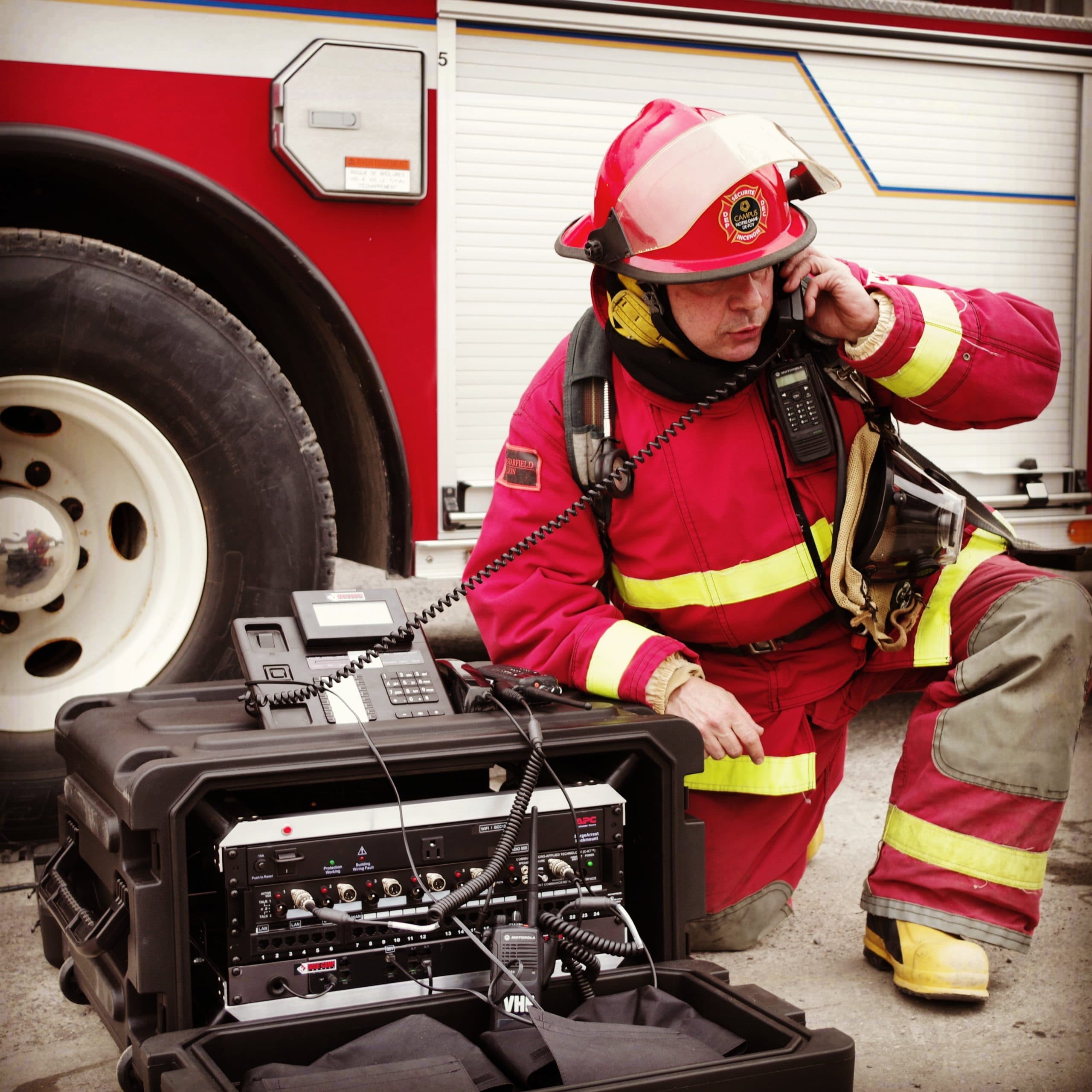When public safety responders are dealing with emergency situations, breakdowns in communication are barriers to public safety. In order to get the most out of an emergency plan, it must be communicated successfully every step of the way. Anticipation is the key to preventive planning and response, so what communications challenges should emergency responders expect?
1. Chain of Command
Dakota Duncan, during an interview with Base Camp Connect, stated that he believes the most challenging part of his job is “working with various senior military and government personnel to collaborate on issues that would traditionally be secluded to one agency or directorate versus a collaborative effort”. The struggle for control in a room of peers can create havoc for effective communication. He has found that the best solution is being knowledgeable about “psychology, influence, and social engineering”. In these instances, you have to communicate effectively in a very different way.
Sometimes communications challenges can occur before an event ever takes place. If various emergency responders have not been told who they need to contact, wait for, etc., you can lose a lot of time. Worse yet, if they have the wrong idea of who is meant to be in charge, things can go the wrong direction if they move at all.
It is very unlikely for the Incident Commander will be the first responder during an emergency situation. That is why it is important for every public safety agent to understand their duty and role in the larger plan.
2. Personal Miscommunication
Most emergency managers do not know just how many communication failures there are. But in this specific instance, I am talking about personal miscommunication. That means when two or more parties are speaking, and their intention is not clear to the people they are talking to.
Miscommunication should also be anticipated beyond what public safety agents are relaying to one another. When dealing with the public, there can also be issues with personal miscommunication. For example, during an active shooter incident, public safety agents will need to communicate directly to the individuals who may be dangerous or in distress.
Not every citizen understands how to stay safe during a shooting. They may do things that put them in danger if an agent cannot clearly communicate their instructions to a distressed individual. Be sure that no matter who you are talking to you make your word choice precise. Precision of language is key. Know when insider terminology will be helpful or confuse those you are trying to communicate with.
3. Reception
This could be based on geography, improper use of equipment on any end, poorly functioning equipment, etc. The most important thing that you can do when reception is causing an issue with communication is act solely on the information you can comprehend. You should troubleshoot the equipment you are using, but not at the risk of causing greater disruption to your ability to communicate.

The biggest challenge with reception issues is finding a fix without being unavailable to act on the information you may be able to discern. You could also have a difficult time telling if you are being understood on the other end. Be patient and repeat all information until you can be confident that you have received an answer.
4. Equipment
There are certain limits to communication that present themselves merely because of the type of equipment that is available to a emergency responders. There are many reasons you may be limited as to the types of equipment you can use. Budget restrictions may be keeping the department behind the times or the need for maintenance/repair may leave you temporarily using an old or unfamiliar setup. Did you know that 81% of polled emergency managers have already encountered communication failures during emergencies? (Download full report here).
The best way to approach any type of equipment limitation is to know what those limitations are. Anticipating what kind of problems you will have goes a long way towards dealing with it. So much of emergency response is about analyzing a less than ideal situation and looking for the best solution. You can do that preemptively when you are concerned about your equipment.
An equipment challenge that might create greater a communication struggle for public safety agents is when a problem is not anticipated. For that reason, even if you are using dependable products you have experience with, it is good to be knowledgeable about troubleshooting that specific equipment. If you do not know what you are doing, dealing with faulty equipment during an emergency can leave you with permanently damaged communications during the entire event.
5. Interoperability
It doesn’t matter if mutual operations are constant or rare, when they crop up, you will have to deal with the challenges of interoperability. The best thing public safety agents can do is consider the types of communication methods used by the other departments they are likely to interact with.
You can take a look at the specific case of the Cheshire County Sheriff’s Office, to get a sense of some practices that helped them with this exact issue. It allows for a direct line of communication between the first responders and the Incident Commander.













